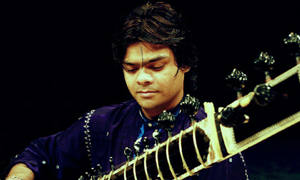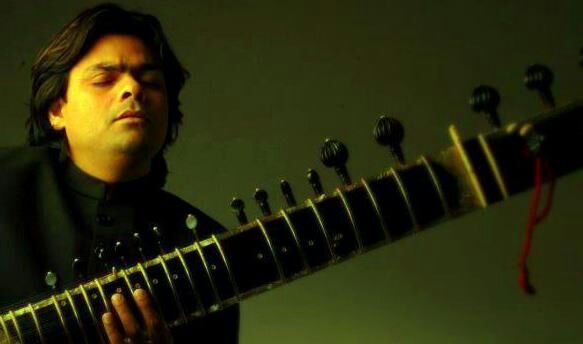Indian classical music has its own rich tradition and parampara and students of music will feel proud to associate themselves with any Indian classical music Gharanas. During the last two centuries we have seen the influence of the gharana system in our music which has been mostly dominated by vocal music. By naming a few established schools of music it will be evident that all these names refer to the vocal style of Indian classical music, for example, Senia Gharana, Gwalior, Atrauli, Sehswan, Khurja, Baharamkhani, Saharnpur, Agra, Delhi, Moradabad + Bhindi Bazar, Jaipur, Kirana Mathura, Indore, Bishnupur (of Bengal), Lukhnow’s Thumri Gharana etc.
 A gharana is born out of a creative contribution by some great performers of extraordinary talent who have a special gayaki style and is carried forward by the dedicated shishyas to the next generation. It is also said that a gharana can only be established when it is accepted by the connoisseurs of music. This has to be continued for at least three generations either from father to son or from guru to shishya. It is only then that the recognition of a gharana is established. Each gharana has its own style, method and discipline. This is evident from the application of the first note of a raga the the completion of the bandish. In the earlier days, musicians used to value the style and method of a gharana above other factors, for example, it must have a novel style with its originality, style of alap, application of the rhythmic variations, as well as an appeal, typical delineation of tanas, gamakas and so on. Even the application of each note of a raga in its purest form or in a specialized form brings out an individual art form of a gharana. Interestingly enough a gharana sometimes has also been named after a city or a town, for example, Agra, Gwalior, Rampur, Delhi, Moradabad, Jaipur, etc. unlike the gharanas of modern times which are sometimes in the name of the great master.
A gharana is born out of a creative contribution by some great performers of extraordinary talent who have a special gayaki style and is carried forward by the dedicated shishyas to the next generation. It is also said that a gharana can only be established when it is accepted by the connoisseurs of music. This has to be continued for at least three generations either from father to son or from guru to shishya. It is only then that the recognition of a gharana is established. Each gharana has its own style, method and discipline. This is evident from the application of the first note of a raga the the completion of the bandish. In the earlier days, musicians used to value the style and method of a gharana above other factors, for example, it must have a novel style with its originality, style of alap, application of the rhythmic variations, as well as an appeal, typical delineation of tanas, gamakas and so on. Even the application of each note of a raga in its purest form or in a specialized form brings out an individual art form of a gharana. Interestingly enough a gharana sometimes has also been named after a city or a town, for example, Agra, Gwalior, Rampur, Delhi, Moradabad, Jaipur, etc. unlike the gharanas of modern times which are sometimes in the name of the great master.





